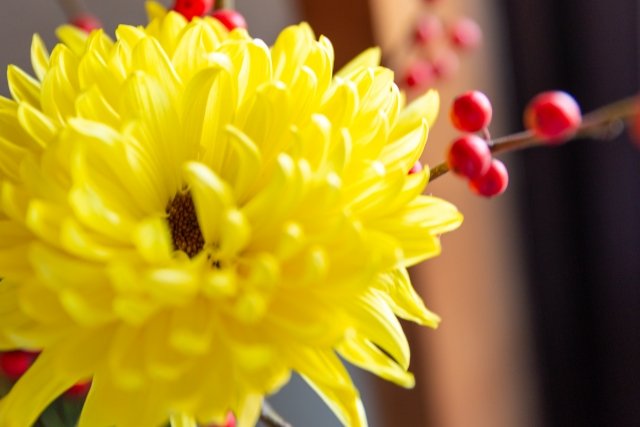Before we prescribe your herbal medicine or you purchase OTC products, it is crucial to know all your allergies and biomedical conditions with medications that are being taken, including listing food allergies and sensitivities.
What is food allergy?
Food allergy is an immune system reaction that occurs soon after eating a certain food. The eight major food allergens include;
Milk, Egg, Fish, Crustacean shellfish, Tree Nuts, Wheat, Peanuts, and Soybeans
What are the most common signs and symptoms of the food allergy?
Hives, itching or eczema, tingling in the mouth
Swelling of the lips, face, tongue, and throat or other parts of the body
Wheezing, nasal congestion
Abdominal pain, diarrhea, nausea, or vomiting
Dizziness, lightheadedness, or fainting
Anaphylaxis (life-threatening, requiring emergency medical attention)
o Constriction of the airways, swollen throat that makes it difficult to breathe
o Shock with a severe drop in blood pressure, rapid pulse, loss of consciousness
Do herbal medicines carry allergens?
Herbs carry the eight major food allergens which may cause adverse drug reactions (ADRs) with immediate allergic reactions. In many cases, an allergic response will happen within two hours of ingestion an herb. Symptoms can range from a mild rash to severe anaphylaxis.
Commonly used Chinese herbs with potential allergens
Gluten :
Fu Xiao Mai (Triticum aestivum), Wheat
Mai Ya (Hordeum vulgaris), Malt sprouted barley
Shen Qu (Massa Fermentata), fermented wheat/malt
Seeds :
Bai Jie Zi (Semen Sinapis Albae), Mustard Seed
Hu Ma Ren (Semen Sesami Nigrum), Sesame
Crustacean Shellfish & Mollusks
Hai PiaoXiao (Endoconcha Sepiae), Cuttlefish tone
Mu Li (Concha Ostreae), Oyster
Zhen Zhu Mu (Concha Margaritifera), Mother of pearl
Tree Nuts:
Bai Guo (Semen Ginkgonis Bilobae), Ginkgo
Hu Tao Ren (Semen Juglandis), Walnut
Li Zhi He (Semen Litchi Chmensis), Leechee Nut
Xing Ren (Semen Armeniacae), Apricot
Soy (potentially processed with soya-bean oil):
Dan Dou Chi (Semen Sojae Preparatum), Prepared Soybean
References
1. Anaphylaxis, Symptoms & Causes, October 2021
2. Chinese Herbs & Allergens, Labeling With Caution, Shellie Rosen DOM, LAc, February 2018
3. Adverse Reactions to Alternative Medicines, 2019
https://www.allergy.org.au/patients/drug-allergy/adverse-reactions-to-alternative-
medicines
4. Z-P Zeng and J-G Jiang, Analysis of the adverse reactions induced by natural product-derived drugs, 2019
https://www.ncbi.nlm.nih.gov/pmc/articles/PMC2850395/pdf/bph0159-1374.pdf




